I did not own Lufia and the Fortress of Doom as a kid, but my cousins did. Each summer they’d bring it along when the family gathered at grandma’s house, and each summer I’d play the first few hours of the game. By the next summer my save file would be gone, long since overwritten by my cousins or one of their friends. I didn’t mind, because this meant that I got to play the game’s introduction all over again.
In Lufia and the Fortress of Doom, Neverland Company and writer/director Masahide Miyata made a bold move for a Super NES RPG from 1993: they opened with its final battle—or a final battle, at least.
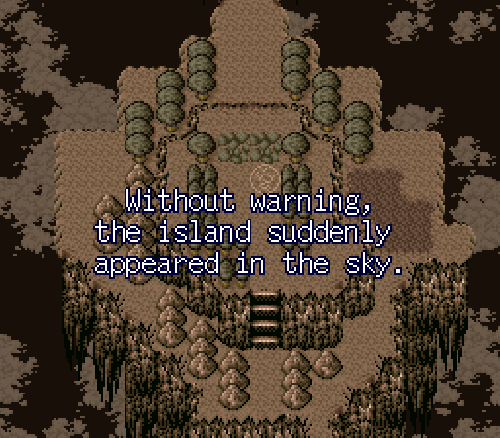
It begins with an ominous crawl across a floating isle, the home of four godlike beings of destruction called Sinistrals. Four brave mortals, led by a warrior named Maxim, rise to face this threat, and we’re taken right to their climactic journey through the isle. Tales of ancient heroes are very common in a fantasy RPG, but instead of simply telling us how things went, Lufia and the Fortress of Doom lets us join the tale at its peak.
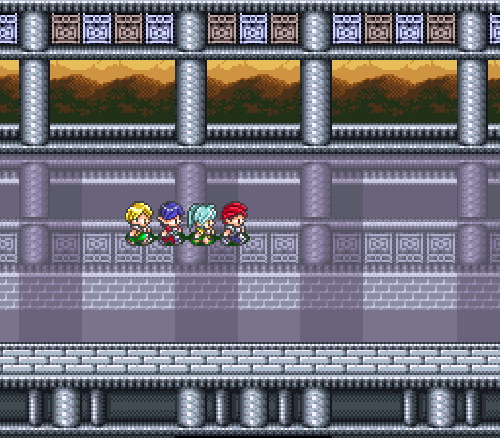
We find Maxim and his allies already at the heart of the Sinistrals' inner sanctum. With finely tense music and eerily vacant halls, the castle evokes a final stage so well a casual viewer might glance and assume that this is, in fact, the gripping climax of a 40-hour RPG and not just an opening in medias res.
As befitting a final dungeon, heroes Maxim, Selan, Artea, and Guy are all high in levels and outfitted with powerful weapons and magic, and it’s hard for them to lose against the monsters that pop up throughout the fortress. You might notice, however, that those monsters pop up very often. Remember that.
The Sinistrals await at the heart of this citadel, and Maxim’s party tackles all four of them. Each is a screen-filling creature that’s a little harder to beat than the grunt-level monsters, though you’d have to make a real effort for them to defeat you. Aside from that, however, they feel like end bosses. They even disintegrate dramatically, just like a proper chief villain should.

These battles give way to an energy-field showdown between Maxim’s party and the Sinistrals. Our heroes triumph, but in a stroke of unsubtle sexism, the aftermath finds Selan dying in Maxim’s arms, surviving just long enough to reveal to the player that she and Maxim have a child. Separated from their allies, Artea and Guy are forced to escape the collapsing fortress, and it all ends on a somber note. Or rather, it begins.
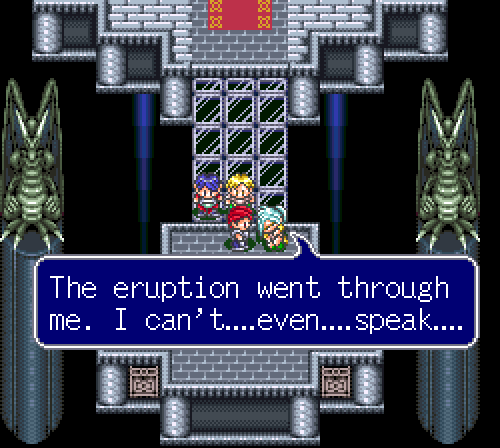
It’s a fairly clever way of introducing players to the game. Rather than trudging through low-stakes fights with rats and slimes, you’re thrown into slightly challenging clashes and given all sorts of magic spells to wield. And when Maxim and Selan go down with the island, you’re implicitly told that Lufia and the Fortress of Doom doesn’t believe in completely happy endings.
Yet this is, of course, just a prologue. The real storyline begins many decades later, with a descendent of Maxim growing up alongside an amnesiac orphan girl named Lufia, as though they’re the Muppet Babies versions of Adol and Feena from Ys. Their life is one of pleasant quibbling over cinnamon pies, but soon all peace is shattered and the Sinistrals are back.
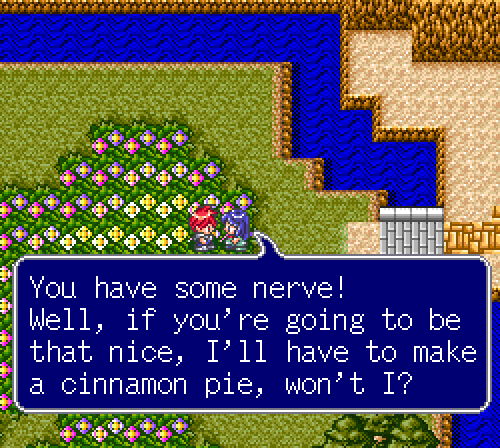
And that’s where Lufia and the Fortress of Doom can’t match its introduction. Once the hero (who you're legally obligated to name as some derivation of "Max") and Lufia set out, the game hurls one random battle after another at them. The characters start from level one, unlike the opening's fully outfitted warriors, and the combat rapidly grows tedious—particularly when your party members often attack empty spaces by default.
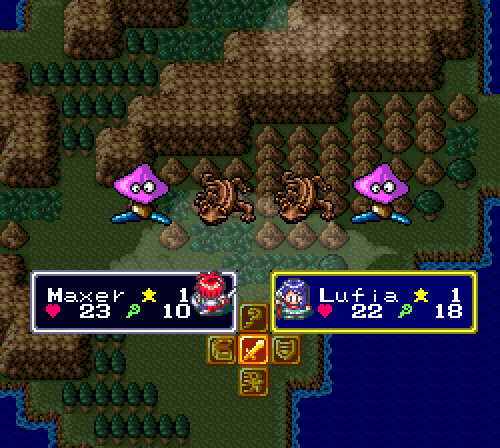
In contrast to the smooth pace of the prologue, Lufia and the Fortress of Doom’s main quest is agonizingly sluggish. The characters walk slowly, their abilities build slowly, and the story progresses slowly, with far too many battles and dungeon treks between turns of plot. In interviews, Miyata explained that this was done to bolster the game’s play time, and the decision was all too successful.
Such was my routine. I’d lose interest in Lufia and the Fortress of Doom by the end of summer, dissuaded by the repetitive battles and lack of momentum. And the next summer I’d jump right back in at the start, watching poor Maxim and Selan meet their tragic fate all over again. I eventually played the whole thing through thanks to the rise of emulators and fast-forward functions, and even then it was a grind.
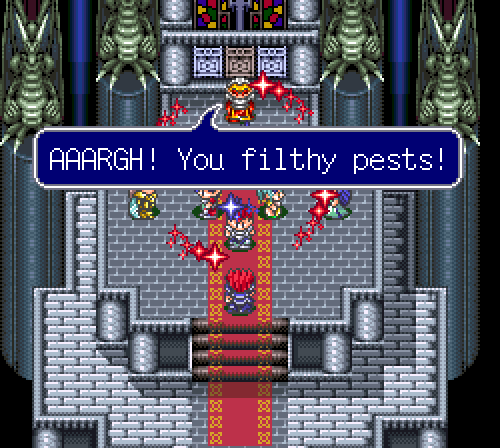
Yet I couldn’t shake my fondness for the game, and its opening was responsible for that. Good beginnings and good endings can pave over a lot of plotline bumps, and Miyata, who I think is an underrated storyteller, was smart enough to combine the two.
If Lufia and the Fortress of Doom didn’t live up to the opening potential, its prequel did. Lufia II retells Maxim’s quest from the start, leading to the same fateful encounter with the Sinistrals. It’s brave in assuming that players will follow a story when the ending’s already known, and yet Lufia II’s improved gameplay, quicker battles, and expanded narrative make that ending hit even harder. But that's a matter for another article.
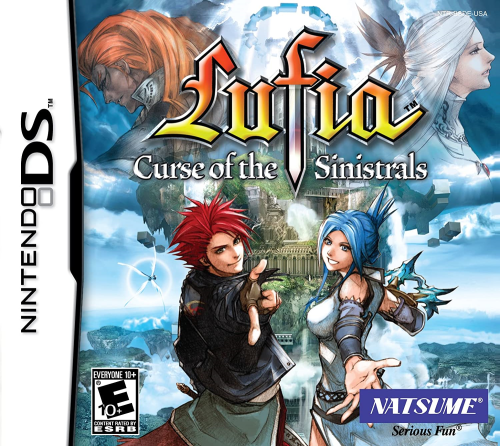
And when Square Enix and Neverland and Miyata returned to the series after several canceled and disappointing Lufia sequels, it was Lufia II that received a remake on the DS. While Curse of the Sinistrals is a drastically different and sometimes clumsy re-imagining, it's one that I greatly enjoyed and will defend as ardently as I would Xenogears or Advance Guardian Heroes. But that’s also a matter for another article.
Neverland Company broke up not long after the DS remake, but the staff still works on their other major creation, the Rune Factory series. I’m not sure if they’ll ever return to the Lufia games, or if they’ll try to remake the original as they did Lufia II. But if they do, I think they’ll know just where to start. And end.









No comments:
Post a Comment